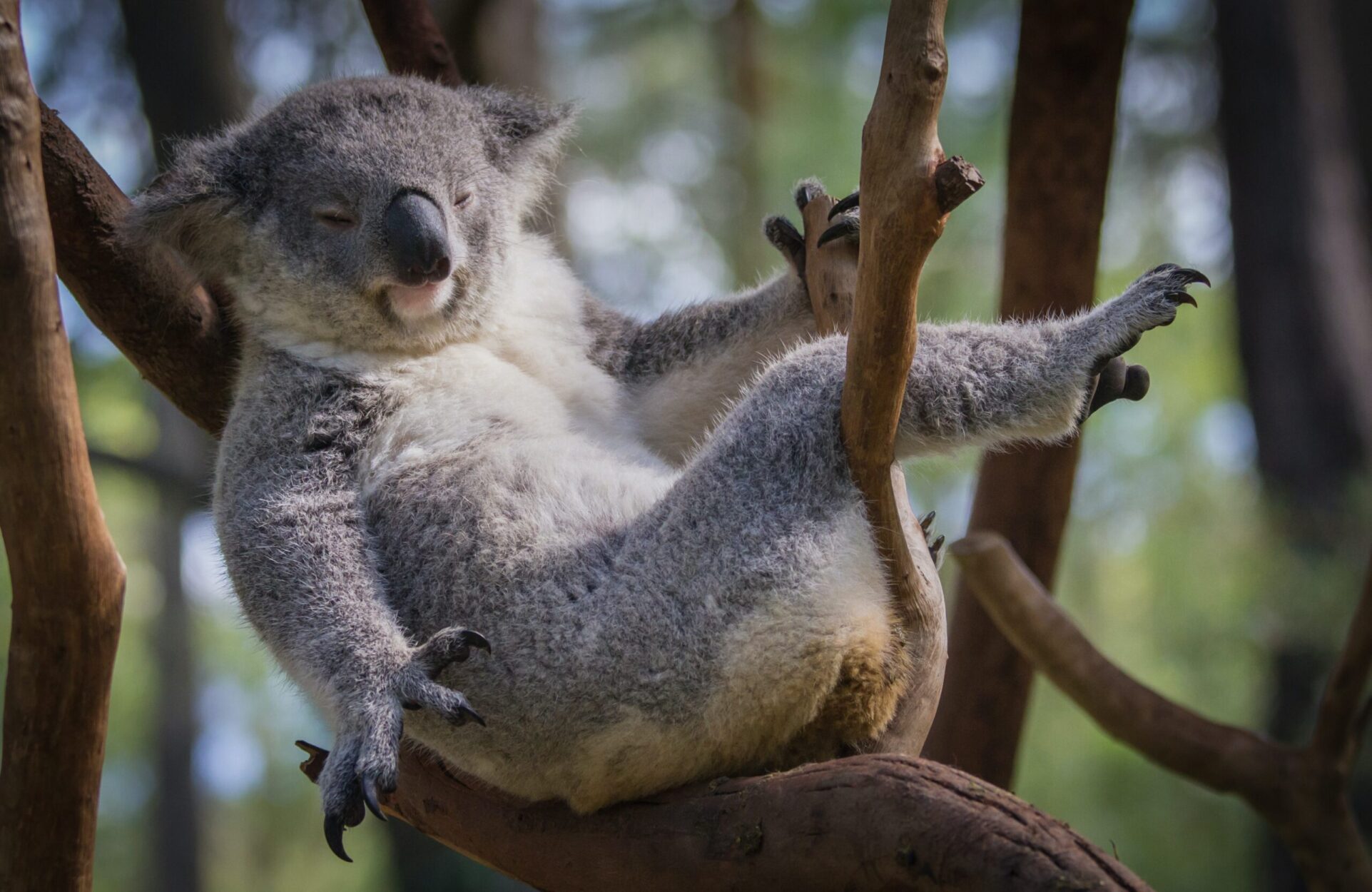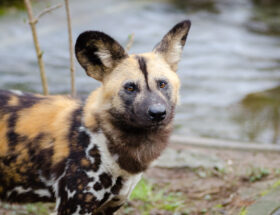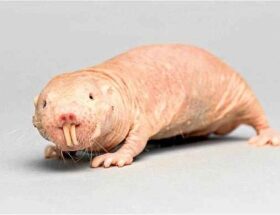Manatees are so misunderstood. They are not fat nor slow. This gentle marine mammal is big and round but has little body fat. For that reason, they require warm waters to survive. And although they are slow moving they are not intellectually slow, They can learn basic tricks, differentiate colors and are very sensitive to touch. Keep reading to learn more amazing facts about this warm water loving marine mammal, the gentle Manatees!
Quick and Easy Navigation
Manatee Species
Not all manatees are created equal. There are three species of manatees. And two subspecies.
- West Indian Manatees (Trichechus Manatus) – This one has two subspecies. The Florida manatee (Trichechus manatus latirostris) and the Antillean manatee (Trichechus manatus manatus). These subspecies are distinguished by differences in head measurements and by their geographic distribution.
- West African Manatees (Trichechus Senegalensis)
- Amazonian or South American Manatees (Trichechus Inunguis)
The West Indian manatee lives along the North American east coast from Florida to Brazil. The Amazonian manatee specie lives in the Amazon River and the African manatee swims along the west coast and rivers of Africa. The two subspecies of the West Indian Manatee can be found in different regions. The Florida manatees can be found as far west as Texas and as far north as Massachusetts during the summer months, because they migrate, but during the winter, manatees gather in Florida, as they require warm-water habitats to survive. The Antillean manatees are found in shallow coastal waters throughout the Caribbean, the Gulf of Mexico, and along the coast of Belize, where they swim in the country’s rivers, lakes, lagoons, and coastal marine environments.
Manatee Top Animal Facts
- Manatees are more closely related to elephants than to dolphins or whales. Per fossils found, scientists determined that manatees evolved from the same land animals as elephants over 50 million years ago.
- Manatees are gentle, non-aggressive animals.
- These aquatic mammals are gray, they have elongated round bodies that taper to a big, flat tail. They have two paddle-like flippers, with three to four nails on each. Their head and face are wrinkled with whiskers on the snout. They have two small eyes, one on each side of their head and although their eyes are small manatees have good eyesight.
- Manatees also have good hearing. They have no earlobes on the outside of their head but two inner lobes one on each side.. And they also have a good sense of smell.
- They swim by moving their flat tail up and down and steer with their flippers. They also use their flippers to help them eat. They swim and do flips underwater, roll around, and sometimes swim upside down.
- Manatees are herbivores and feed on seagrass, mangrove leaves, and algae. They eat about 10% of their body weight in vegetation daily! They spend most of their time resting, sleeping, or eating.
- The average adult manatee is about 10 feet long and weighs between 800 and 1,200 pounds. Because of their size, they are often called sea cows.
- But, although they are big and round, these mammals have very little fat and therefore very little insulation. They need warm water to keep them warm; Typically above 60 degrees Fahrenheit. In fact, cold stress is one of their natural causes of death, along with pneumonia and gastrointestinal diseases.
- They maintain the correct balance of salt in their bodies through an internal regulation system that works with the kidney to make sure salt concentrations never get too high.
- The Amazonian manatee is different – it lives entirely in freshwater rivers throughout South America in the Amazon Basin.
- Although they can reach up to 20 miles an hour in a short burst, most of the time they travel at speeds of three to five miles per hour.
- Since they are mammals, they do not breathe underwater. They spend most of their time submerged in the bottom or just below the surface and come up to breathe every three to five minutes. But when resting, they can hold their breath up to 20 minutes. Also, when taking a breath, they replace 90 percent of the air in their lungs whereas humans replace about 10 percent.
- Because they do not have any natural predators, they can live 60 years or even more.
- Manatees, like their elephant relatives, continuously replace their teeth throughout their lives with the older teeth falling out and new teeth growing in at the back of their mouth.
- Manatees are usually seen alone, in pairs, or in small groups of about 6, and they like to play and body surf with each other.
- Baby manatees are called calves. Female manatees give birth to 1 calf after 13 months of gestation every two to five years. The baby manatees are born underwater and the mothers help them up to the surface to take their first breath. Infants can swim on their own only an hour later, but they stay with their mother for two years.
- Although not as smart as dolphins, manatees can be trained to learn basic tricks; they are extremely sensitive to touch and can differentiate colors.
- Manatees communicate with other manatees by making chirping, whistling, and squeaking sounds.
Manatee Conservation Status
All three species are listed as Vulnerable in the IUCN Red list with a declining population. In the US, manatees are protected under federal law by the Marine Mammal Protection Act of 1972 and the Endangered species Act of 1973. This protection makes it illegal to harass, hunt, capture, or kill any marine mammal. Florida manatees are also protected by the Florida Manatee Sanctuary Act of 1978. The biggest threats to manatees today include boat collisions, hunting, habitat destruction, fishing nets, and toxic red tides.
How Can We All Help the Manatee?
One easy way we can all help manatees and all marine wildlife is by keeping our oceans and shorelines clean. Respecting and obeying all waterway signs when boating, spreading the word, avoid traveling in shallow areas such as seagrass, and reporting any injured animals to the authorities. In the USA you may contact the Save the Manatee Club to report any injured or distressed manatees by calling 1-888-404-FWCC (3922).
You can find more information on this organization here:
Learn more about us visit the About page
More Wildlife Posts You Will Love!
Learn about Flamingos – Fascinating Facts about this Pink Bird
Learn about Orangutans, their habitats and threats – Why I think everyone should know about them
















Los conocí en el seaqurium Nunca había escuchado sobre estos mamíferos tan raros .Muy buena la información Sigan así !